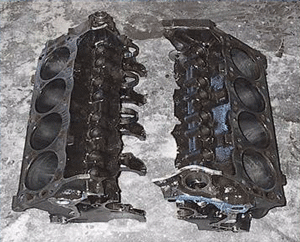Ian Anderson
Lifetime Supporter
I have been keeping my eyes open and just turned uo a Ford 289
It is said to be a 1965 motor from a Ford Mustang.
Good part is if it is a 1965 motor I'll have no emission problems other than visible smoke! Also it makes my car a bit closer than running the Rover derived engine!
So as a standard 289 what sort of power and torque can be expected and what modifications should be done to improve these and yet allow it to be docile enough for my mainly street driven car?
At this stage I am unsure how much of a rebuild it needs so again if any UK people have recently done a 289 could you give me approx price for a rebuild.
Or should I steer clear and get a more current 302?
Rover at present is about 235hp and 230 torque so do not want to get lower than this
Thanks
Ian
It is said to be a 1965 motor from a Ford Mustang.
Good part is if it is a 1965 motor I'll have no emission problems other than visible smoke! Also it makes my car a bit closer than running the Rover derived engine!
So as a standard 289 what sort of power and torque can be expected and what modifications should be done to improve these and yet allow it to be docile enough for my mainly street driven car?
At this stage I am unsure how much of a rebuild it needs so again if any UK people have recently done a 289 could you give me approx price for a rebuild.
Or should I steer clear and get a more current 302?
Rover at present is about 235hp and 230 torque so do not want to get lower than this
Thanks
Ian




